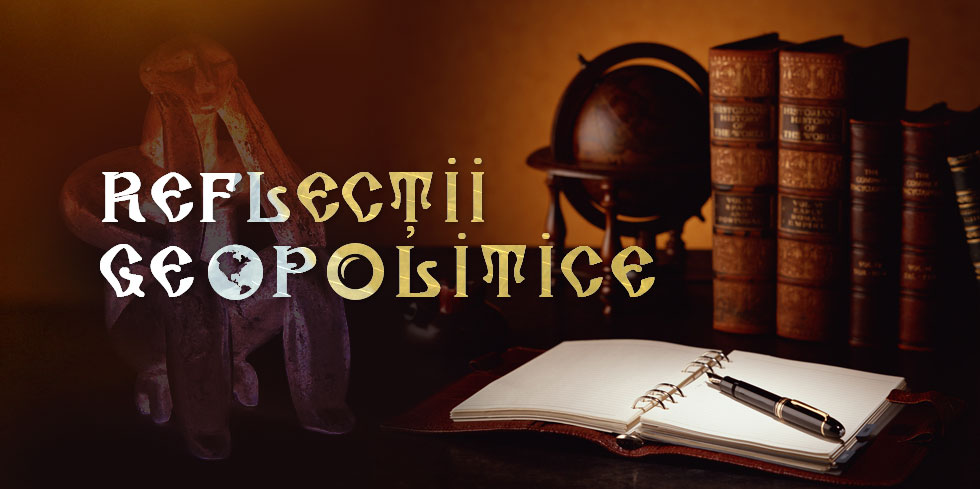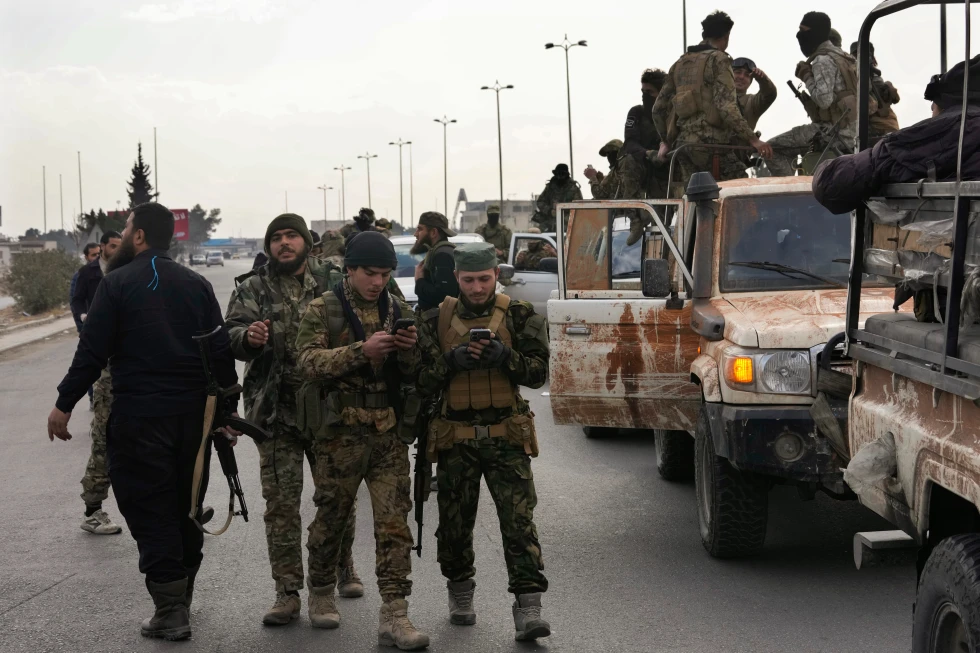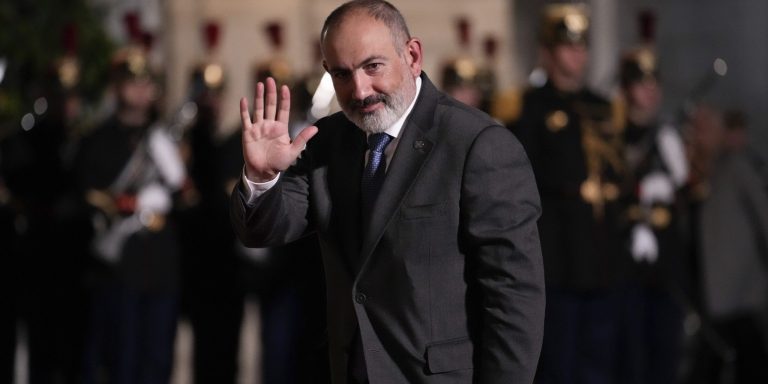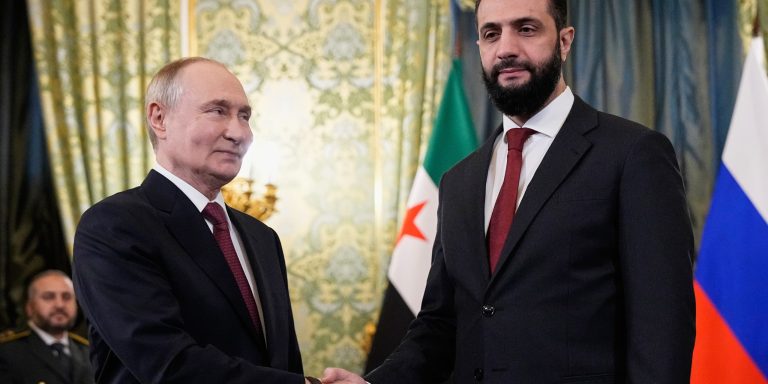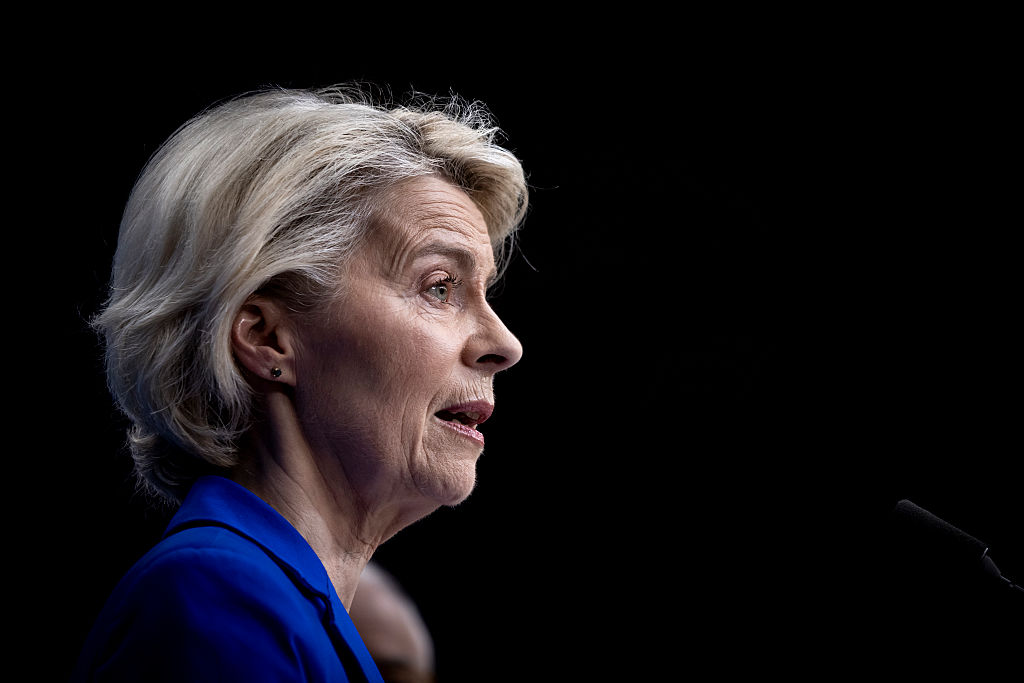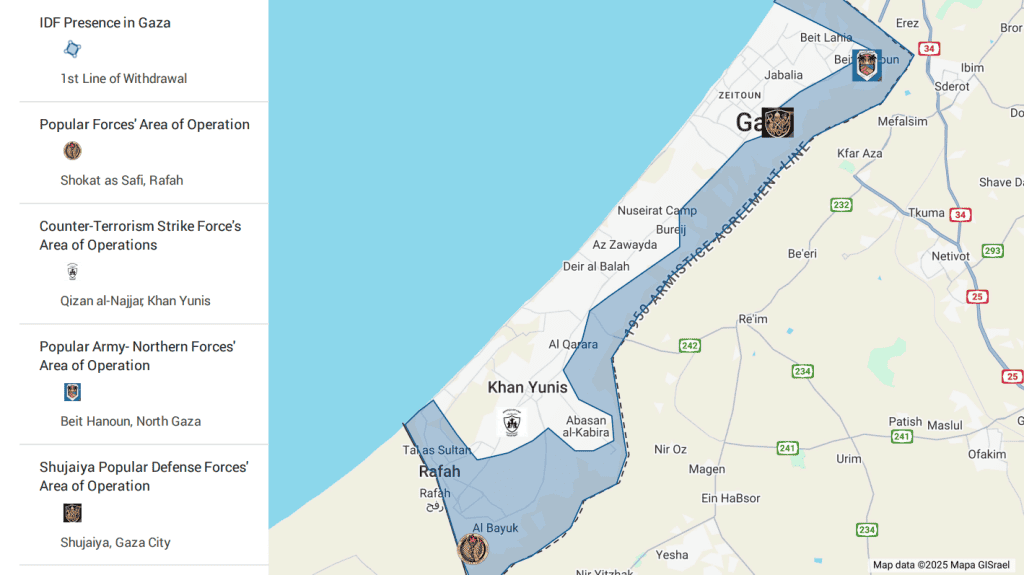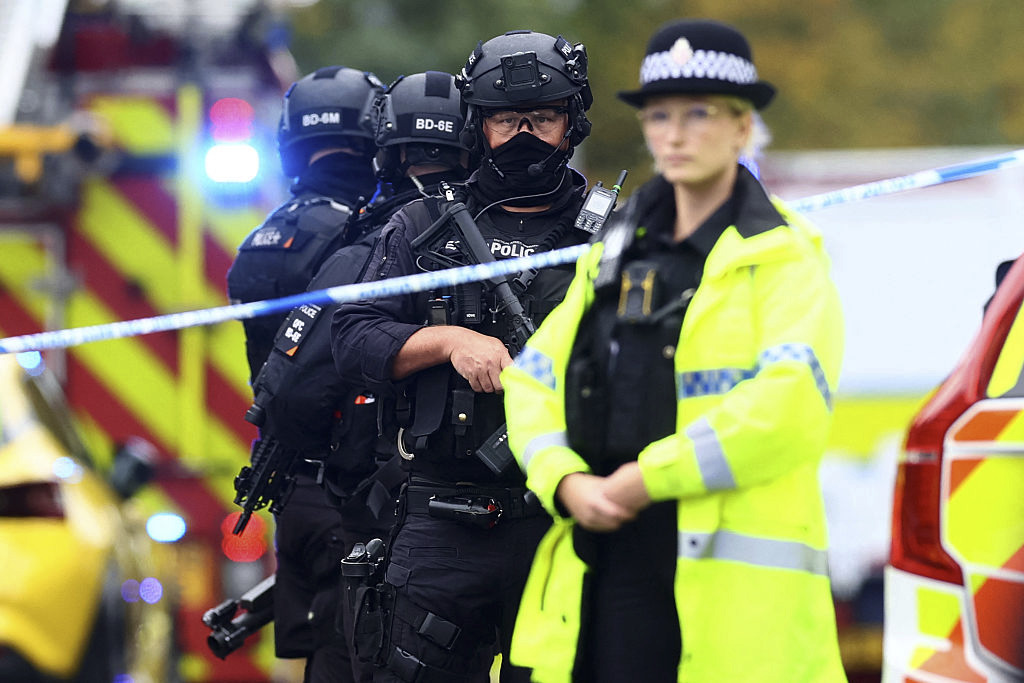Weakened Islamic State Eyes Resurgence in Libya
Executive Summary
Islamic State’s Libyan network remains degraded but resilient, sustained by integration with transnational smuggling and financial networks in the country’s south and links to instability in Sudan and the Sahel.
Political and militia fragmentation in Tripoli and Haftar’s dynastic consolidation in the east are deepening Libya’s governance vacuum—conditions that could enable jihadist regrouping.
